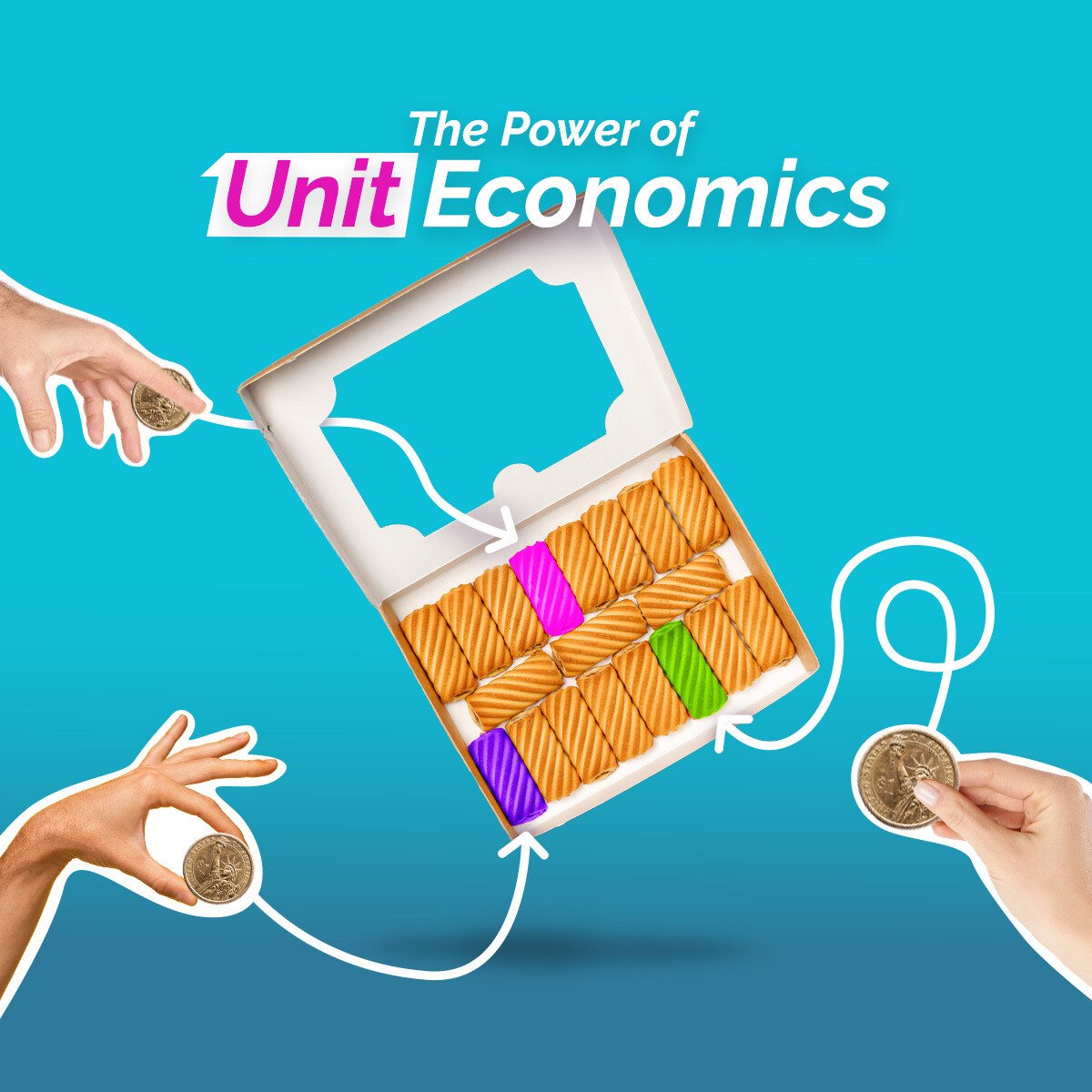
Summary: Success in CPG retail isn’t just about growth—it’s about profitability. Too often, brands focus on sales volume without considering whether each sale adds real value. That’s where unit economics comes in. By understanding the profit contribution of each unit—whether by retailer, product, or promotion—brands can make smarter decisions, optimize trade spend, and drive sustainable growth. Ignoring this leads to wasted resources and lost investor confidence, while brands that focus on unit economics unlock smarter growth opportunities. With tools like Promomash, brands can track profitability in real time and make data-driven decisions that fuel long-term success.
Success for a CPG brand in retail requires more than just selling products off the shelf. Too often, brands focus on growth metrics like sales volume or new store placements without paying attention to profitability. It's a classic mistake; scaling too quickly without ensuring each sale contributes positively to the business.
But focusing on profitability is more than just margins. The real game-changer? Unit economics. By shifting the focus to how much profit each individual piece of business contributes, brands can unlock powerful insights that drive smarter, more strategic decisions. The result? Stronger financial health, better investor confidence, and a more sustainable growth path.
Let’s dive into what unit economics means, why it matters, and how to leverage it to drive big impact.
What Is Unit Economics?
The first step is to define what the “unit” is in unit economics. A unit should be considered a piece or unit of business and can be defined based on how you slice the business. Is your unit defined by distributor, retailer, product, or something else?
Unit economics measures how much profit each "slice” contributes to the business. While many brands focus on overall profit margins, the smarter play is to zoom in at the transaction or unit level. It’s the difference between seeing the entire forest and examining the health of each tree.
Not all customers, stores, or distributors contribute to profitability equally. Anyone with half an accounting degree can aggregate all the revenues, all the costs, and subtract the costs from revenues to calculate profit at the end of the year. But if you don’t like what you see, and you want to improve that number, then what? To know where to start, you need to get more granular. And to get more granular, you have to have been measuring at a more granular level.
Why Unit Economics Matter?
When you look at business efficiency through the lens of more granular unit profitability, you can pinpoint where your money is producing the most for you – and where it’s not producing at all. This insight allows you to make precise adjustments that boost profitability across the business.
Failing to get granular with your view of unit economics can be catastrophic. Brands that grow for the sake of growth often burn cash, lose investor confidence, and struggle to secure additional funding. But brands that master unit economics and have a solid granular data model become magnets for investment and acquisition.
Moral of the Story: Your business is a stack of several smaller businesses. Every unit or slice of the business should contribute to the overall financial health of the company. If it doesn’t, you’re not building a business — you’re building an expensive hobby.
Applying Unit Economics to Trade Promotion Management
One of the most exciting aspects of focusing on unit economics is how quickly small changes can add up. In trade promotion management, even minor adjustments can make a big difference. Here are three examples of tactics that consistently drive results:
- Optimizing Discount Depth: Brands often over-discount in the name of driving volume, but this can destroy margins. Reducing discount depth by just 1-2% can recapture significant profitability without sacrificing sales. For instance, a snack brand offering a 10% discount instead of 15% could maintain sales momentum while recovering much-needed margin.
- Strategic Distribution: Not all retail channels are created equally. By focusing on profitable stores and markets, rather than expanding everywhere indiscriminately, brands can boost unit profitability. Imagine increasing profitability in a few key accounts by 3-5%—those gains often outweigh the benefits of broad but unprofitable distribution.
- Tailored Promotional Timing: Timing is everything. Running promotions during periods of high demand allows brands to achieve strong sales at better margins. Compare that to constant, year-round discounts that often fail to move the needle on profitability.
These changes may seem small, but their cumulative effect can be transformative. The brands that succeed in today’s market are those that recognize the power of compounding small, deliberate improvements over time.
Building a Culture Around Data and Profit-Driven Decisions
Focusing on unit economics isn’t just a tactic—it’s a mindset. To make this shift, brands need to build a culture that prioritizes understanding the economic tradeoffs at any given point in the growth cycle. The ability to build such a culture starts with data. Knowing your overall trade spend by customer is not the same as knowing it by customer, then by product or promotion at that customer. Teams must have access to granular data and insights that reveal accurate financials by customer, product, and promotion that can then reveal hidden improvement opportunities.
Trade management platforms like Promomash CPGenius empower brands to track and analyze profitability at a granular level. With real-time Crisp sales data integrated into Promomash analytics, a P&L by customer, product or promotion can be monitored as often as daily. This enables teams to learn quickly from results and make timely adjustments. It also informs future planning by revealing where the most profitable opportunities (and costly mistakes) lie.
One of our own clients is a demonstration of the power of granular data and insights. During a review of the past year’s data in Promomash for their planning process, a trend became apparent: Temporary price reductions (TPRs) paired with ads resulted in a 2-3X lift when compared with TPRs run as a standalone. Armed with this new knowledge, they put a plan in motion to pull back the amount on TPR discounts and pair with ads to save on trade spend without sacrificing sales lift. Win-win!
The Long Game: Building Profitability-Driven Loyalty
The benefits of focusing on unit profitability extend far beyond the brand. Retailers benefit when brands prioritize margin-friendly products, and consumers appreciate the consistency and quality that come with sustainable business practices.
This approach also makes brands more attractive to investors and acquirers. Capital flows to companies with strong, stable profitability, not to those chasing volume at all costs. And as profitability improves, brands can reinvest in better products, stronger relationships, and more strategic growth.
The result? A loyal base of “true fans”—retailers, consumers, and even stakeholders—who trust the brand and its ability to deliver value consistently.
The Path to Sustainable Success
At the heart of it all is a simple truth: chasing sales volume is a short-term game, but focusing on unit economics builds long-term efficiency and, ultimately, higher profitability. By making small, intentional changes to trade tactics, brands can unlock powerful results that compound over time.
As you refine your strategy, remember that every decision matters. From optimizing discount depth to aligning promotions with demand, each adjustment moves the needle on profitability—and positions your brand for a brighter, more sustainable future.
At Promomash, we’re here to help you take the first steps. Let’s build something great, one economically efficient sale at a time.
At Promomash, we’re proud to be able to help CPG brands keep their trade spend in check every day with our industry-leading platform and services. If your brand needs help in this area, contact us and let’s talk.
